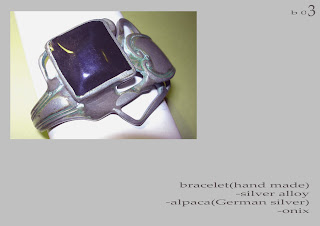
The clock is one of the oldest human inventions, to quantify and label the physical process of change. As the seasons and the phases of the moon can be used to measure the passage of longer periods of change, shorter processes of measurement were desired, hence the invention of the terms, "hours" and "minutes". (source: wikipedia)


